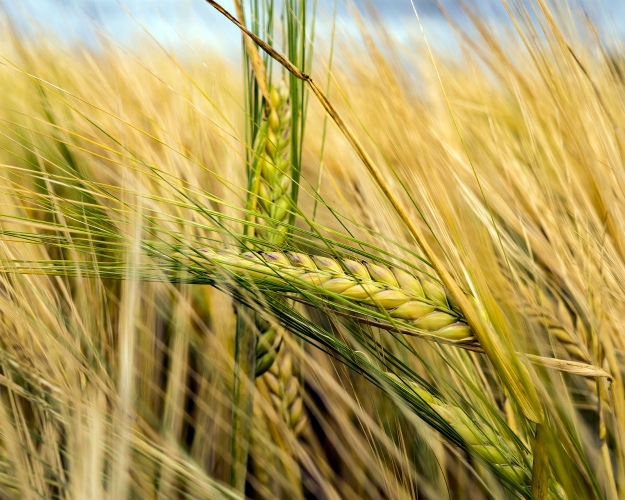Why is Saudi Arabia reducing feed barley imports?

Saudi Arabia (SA), one of the world's largest buyers of feed barley, is reducing its imports and switching to alternative feeds. Intentions to ban the cultivation of alfalfa, which was the main component in the feed mixture with barley, will lead to increased demand for corn. Grain Brokers Australia analyst Peter McMeekin talks about trends in the feed barley market.
According to USDA data, barley imports, which amounted to 10.4 million tons in 2015/16 MY, 6.1 million tons in 2020/21 MY, 3.1 million tons in 2022/23 MY, and 2.6 million tons in 2023/24 MY, decreased to 2.2 million tons in 2024/25 MY. This may be due to the absence of Australian barley on the market after increased demand from China due to the abolition of tariffs.
In 2023/24 MY, almost 74% of Saudi Arabia's barley imports came from the Russian Federation, 10% from Australia, 9% from the EU and 7% from Ukraine. The share of Australian barley in the SA market in 2022/23 MY was 53%, in 2021/22 MY – over 63%.
The decline in barley supplies to the SA is due to logistical difficulties in the Red Sea and increased domestic feed production. Traditionally, farmers in the SA have mixed barley with alfalfa hay, but rising hay prices have made such feed more expensive than processed feed. In 2027, alfalfa production will be banned, making its mixing with barley too expensive.
In recent years, feed barley has been replaced by corn in locally produced feeds, the import of which in the 2023/24 MY amounted to 5 million tons, and in the 2024/25 MY will decrease to 4.6 million tons. Almost 240 thousand tons of imported corn are used in the food industry, while 110 thousand tons of local corn are consumed in the form of cobs or processed into flour in small mills.
Saudi farmers are ready to switch to more economical processed feeds, especially since 30% of raw barley is excreted from the animals’ bodies undigested, which does not bring any benefit. According to the largest local feed producer, Arabian Agricultural Services Company (ARASCO), 1 kg of ready-made “wafi” feed (containing grain, wheat bran, soybean meal, alfalfa, vitamins and minerals) corresponds to 1.5 kg of raw barley. The lowest-priced feed wheat, barley, sorghum or corn is used to produce “wafi”.
The country’s rapidly expanding feed industry is reducing demand for feed barley. Last year, the SA government announced a 3-year plan to phase out green fodder production (by 2027) to conserve water resources, further reducing the competitiveness of imported hay and barley blends compared to alternative rations and increasing demand for corn.
Saudi authorities are trying to ensure that feed barley is not fed to animals raw, but is used as a component in the production of processed feed. Therefore, its imports into the country are likely to continue to decline.


